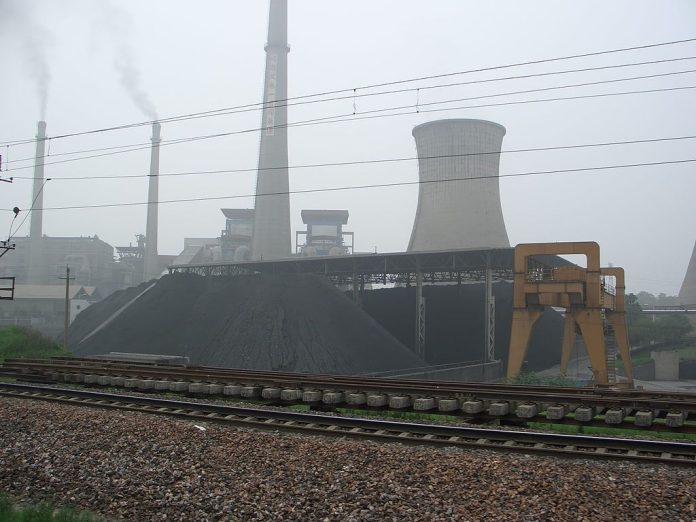European Union climate chief Frans Timmermans has spoken out about the expansion of China’s coal industry and the emphasis Beijing is placing on building new coal-fired plants.
Timmermans questioned the seeming “contradiction” at a Beijing conference earlier this week. He pointed out that, despite China’s commitment to increasing reliance on renewable resources like wind and solar energy, the record shows that in recent years the country has been constructing more and more coal-fired plants. He did acknowledge that he understood “the anxiety caused by potential blackouts.”
Timmermans was addressing the EU-China High-level Environment and Climate Dialogue, which was also attended by China’s climate envoy Xie Zhenhua.
Currently, the world’s largest and fastest-growing producer of renewable energy, China is bent on ensuring that one-third of its total power supply is renewable-based by 2025. Yet last year, China sought to boost the nation’s coal production capacity by 300 million tons, the third year running that the authorities have called for growth.
With temperatures rising, the country faces the likelihood of having to cope with power shortages and challenges to its electricity grid system, just as it did last summer. Added to this, water shortages have meant a reduction in hydropower generation capacity.
Despite being a major investor in wind and solar, China’s leadership has stressed the need for more coal-driven power, mindful that economic growth has plunged amidst shortages caused by blackouts and factory shutdowns. Russia’s attack on Ukraine has added to fears that foreign oil and coal supplies could be disrupted.
China is the world’s top producer and consumer of coal but has yet to join governments that promised to phase out the use of coal-fired power. Citing the nation’s economic development needs, the Communist Party has rejected binding emissions commitments.
Chinese authorities maintain that carbon emissions will peak by 2030 and the country will become carbon neutral by 2060. Right now, China accounts for 26.1% of global emissions, more than double the U.S. share of 12.8%.

